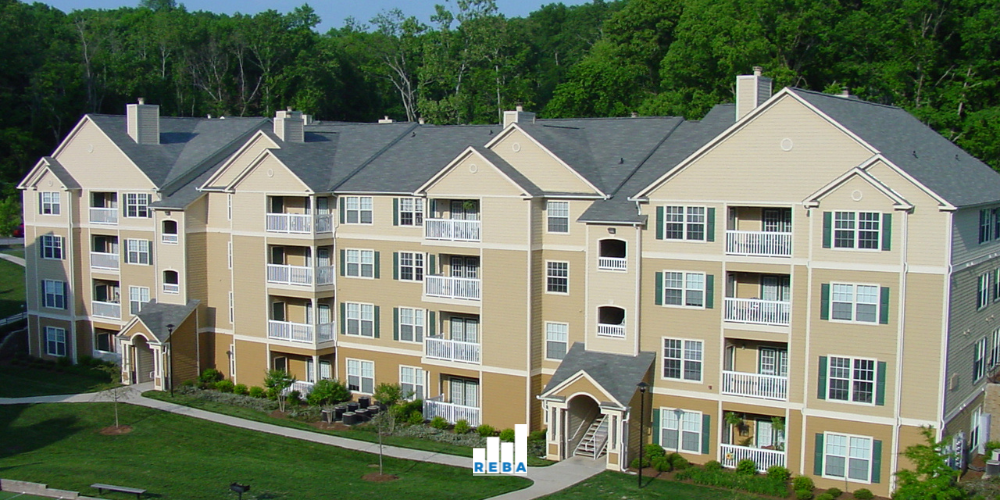In the last ten years, I’ve been involved in more than half a dozen business intelligence (BI) platform design projects. In each, we surveyed a broad range of stakeholders (owners, operators, and asset managers) to identify success factors for which users would want their platform to provide reporting and dashboarding.
Free White Paper Download: Business Intelligence in Multifamily Housing
We identified 20 success factors. Most are not universal (e.g. not all companies are involved in ground-up development, only a few operate mixed-use properties, etc.). However, across all these projects, we identified 4 critical success factors (CSFs) that all rental housing companies (multifamily and single-family) share:
- Maximize rental revenue
- Proactively manage expenses
- Effectively convert leads to leases
- Provide great customer service
Maximize Rental Revenue
Not surprisingly, this CSF comes out number one every time. Maximizing rental revenue can be broken up into two key sets of metrics needed to be part of any BI platform.
- Occupancy-related data obviously includes metrics like occupancy and availability. It also should include a robust set of renewal statistics, not just historical renewal rates but also renewal rates by “flight” and renewal rates by increase bucket. The former allows operators to track renewals as they are happening, and more importantly, influence the final results before renewals are done. In contrast, poor past renewal results are important to know but represent “spilled milk” as operators can’t do anything to change past results. The latter allows operators to assess their renewal strategy. We constantly see more fear about aggressive renewal strategies than borne out by the market’s reaction. Statistics on this changes it from an opinion-driven to a data-driven discussion, almost always with resulting increases in revenue.
- Rent-related data seems simple but turns out to be surprisingly complex. Operators and asset managers want gross rents and net rents. They want the raw rents, rent “trade-outs” (the change in rent lease-over-lease), and time-series trends on both. They also need breakouts by new vs. renewal vs. all rents.
Finally, let’s not forget other metrics that help drive occupancy and rent growth performance. These include expiration management statistics, longstanding vacant counts, days on market, days vacant, etc. These metrics round out a full picture of rental revenue drivers giving asset managers and operators everything they need to know to drive performance.
Check out our Multifamily Revenue Management Tool
Proactively Manage Expenses
Again, not surprisingly next in line for each stakeholder is proactively managing expenses. While not as exciting as all the elements of revenue, this is actually more controllable than revenue and thus even more important to track regularly.
Two critical components of this CSF are tracking the actual expenses and various scenarios of prior budgeting and/or forecasting exercises. Operators and asset managers will not only want to be able to compare actuals vs. budget/forecast but also to quickly see how they are progressing.
- If they’re behind, are they catching up or falling further behind?
- If they’re ahead, is that positive gap growing or shrinking?
- Can they easily switch between comparing to an original budget and a more recent forecast?
Another critical feature of best-in-class BI platforms is the ability to incorporate not only the main chart of accounts but also any other trees. These trees are used for a variety of purposes—fee managers reporting in their clients’ tree, different trees for different funds, trees for specific internal reporting purposes, etc. If the BI platform is to be an authentic “single source of truth,” then users must be able to see financial data in any tree that exists in that company’s financial system.
Simplify your life with our Multifamily Budget Tool
Effectively Convert Leads to Leases
To achieve rental growth at acceptable occupancies requires a robust marketing and sales platform which brings us to our third CSF. Monitoring performance on converting leads to leases requires data on all steps of the sales funnel: raw lead, tour and lease counts, and corresponding conversion ratios. But as operators know well, quality of leads and leases also matter; so, it’s important to also track denial rates and lease cancellations.
Obtain a competitive edge with our Multifamily BI tool
Provide Great Customer Service: “All Things Resident”
Customer expectations keep on growing, and there are more tools than ever to monitor and improve customer service. These different tools put a premium on your BI platform’s ability to draw in data from a disparate set of systems of record.
Any decent BI platform needs to include information on work orders—counts of open requests and counts of request open longer than some threshold, average response time, average completion time, etc. But don’t forget about similar information for make readies.
And then there are other key systems of record whose data needs to be part of any dashboarding and reporting, particularly survey and reputation management data. This enables powerful capabilities such as relating survey responses and/or reputation scores with critical metrics like occupancy, availability, and renewal performance. Cross-referencing to service requests and make-ready statistics can help identify key drivers of satisfaction allowing your teams to pinpoint what they need to do to improve.
In summary, whether you’re building your own bespoke BI platform or evaluating commercially-available solutions, the list above represents a great set of CSFs and metrics to be sure you have!
Featured image by Markus Spiske on Unsplash.





SHARE